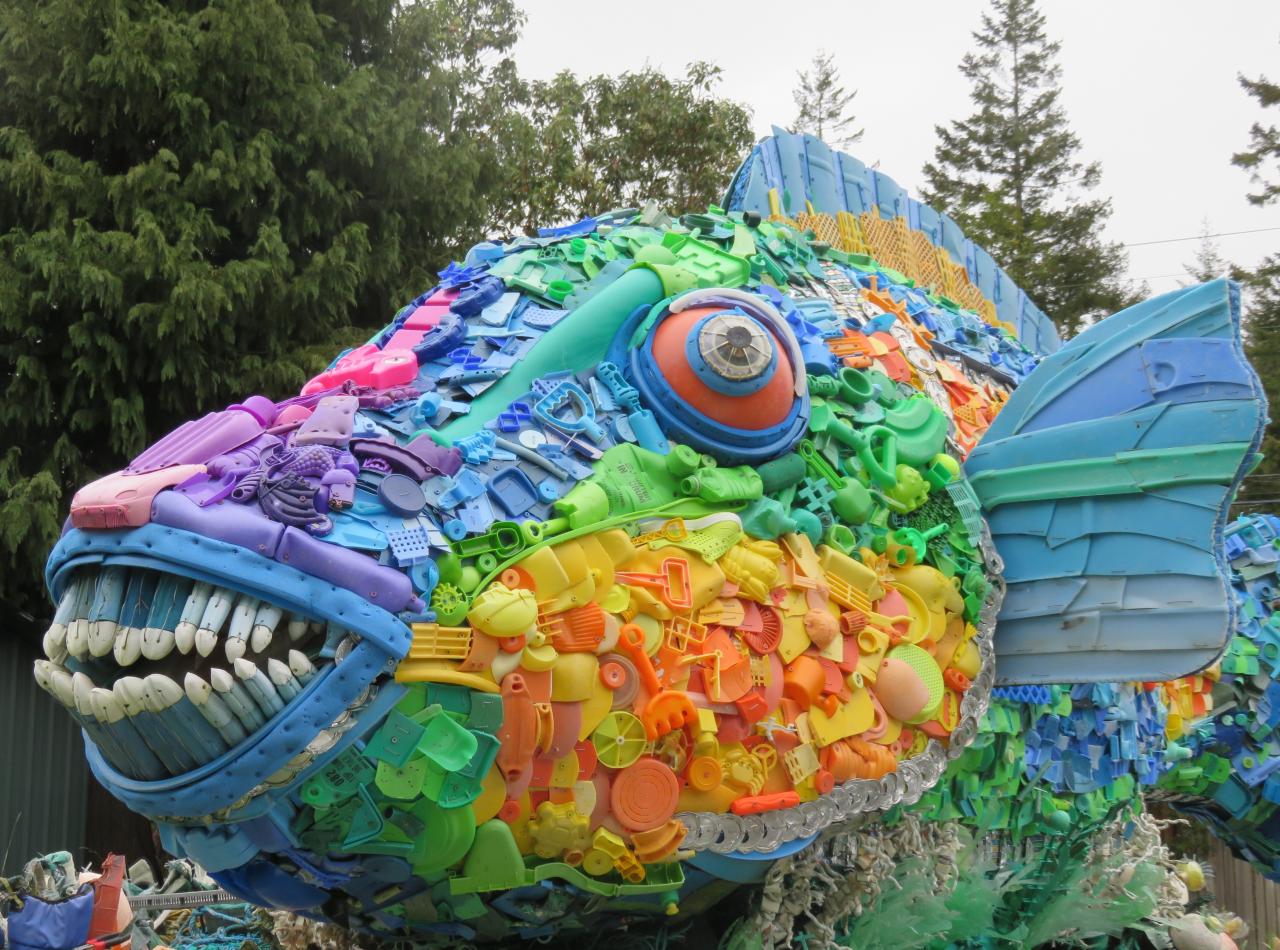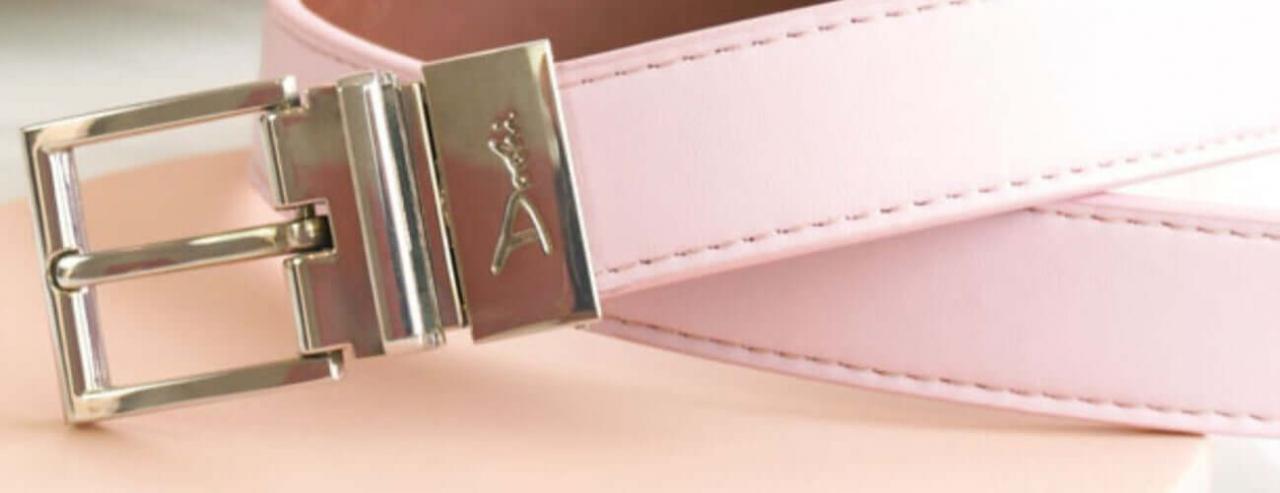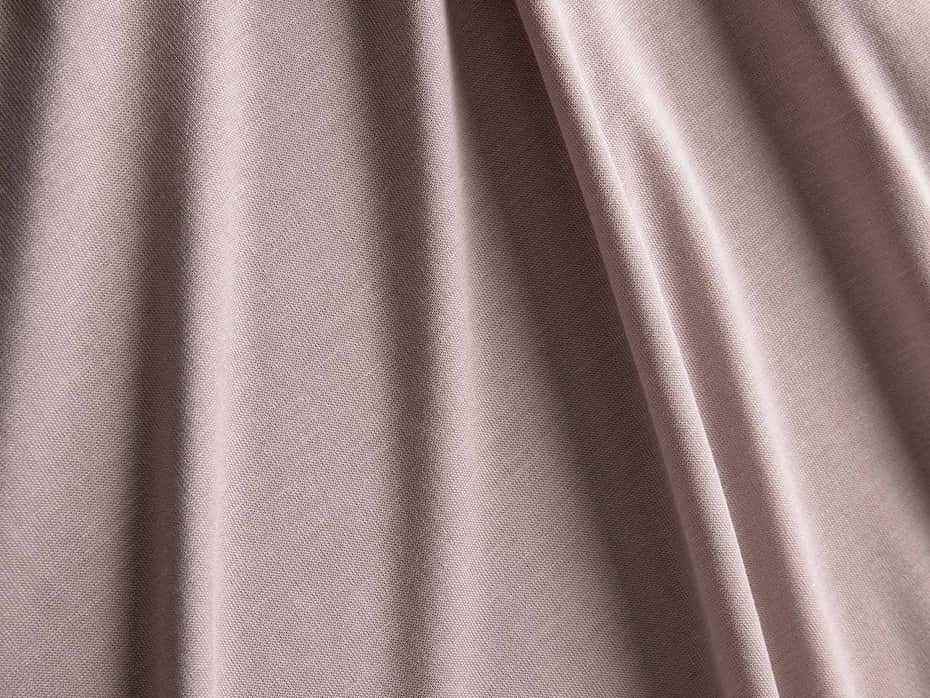The Drip Drop of Fashion: Analyzing the Industry’s Water Impact
Share

From the runways of Paris to the streets of New York, the world of fashion captivates and inspires. But hidden behind the shimmering fabrics and dazzling designs lies a less glamorous truth: the industry’s significant impact on water resources. In this article, we’ll delve into the drip-drop of fashion, examining the water footprint of our favorite clothes and exploring ways to mitigate this environmental impact. Join us as we navigate the intersections of style and sustainability, shedding light on the often overlooked water usage of the fashion industry.

Analyzing the Hidden Water Cost of Fast Fashion
Fast fashion has revolutionized the way we consume clothing, offering trendy styles at affordable prices. However, behind the glitz and glamour of the fashion industry lies a dark secret – the hidden water cost of fast fashion. The production of clothing requires an immense amount of water, from growing cotton to dyeing fabrics and washing garments. This water is often sourced from already scarce water supplies, leading to environmental degradation and water scarcity in many regions.
Here are some key points to consider when analyzing the water impact of the fashion industry:
- The production of one cotton t-shirt can require up to 2,700 liters of water.
- The dyeing and finishing of textiles can generate significant amounts of wastewater, polluting local water sources.
- Many fast fashion brands prioritize speed and low cost over sustainable practices, leading to overconsumption and excessive water usage.
It’s important for consumers to be aware of the water footprint of their clothing choices and support brands that are committed to reducing their water impact. By making informed choices and advocating for sustainable practices in the fashion industry, we can help mitigate the environmental damage caused by fast fashion.
Impact of Textile Production on Global Water Resources
The fashion industry has long been associated with glamour, luxury, and creativity. However, behind the scenes of glossy campaigns and runway shows lies a harsh reality – the immense . From the cultivation of raw materials to the dyeing and finishing processes, every step in the production of textiles requires a significant amount of water.
This excessive water consumption poses a serious threat to our planet’s limited water resources, leading to water scarcity, pollution, and environmental degradation. The textile industry is known to be one of the most water-intensive industries globally, with some estimates suggesting that it takes up to 2,700 liters of water to produce a single cotton t-shirt.
**The key factors contributing to the water impact of textile production include:**
- Water-intensive cultivation of cotton and other natural fibers
- Chemical-intensive dyeing and finishing processes
- Wastewater discharge containing harmful pollutants
Sustainable Solutions for Reducing Fashion Industry’s Water Footprint
Water is a vital resource in every stage of the fashion industry’s supply chain, from growing raw materials to dyeing fabrics and manufacturing garments. The excessive use of water in this industry has led to environmental degradation, water pollution, and scarcity in many parts of the world. It’s time for the fashion industry to take responsibility and adopt sustainable solutions to reduce its water footprint.
One innovative approach to address this issue is through the implementation of water-saving technologies and practices in production processes. By using cutting-edge technologies like water recycling systems, dyeing machines that require less water, and efficient irrigation techniques for cultivating raw materials, the industry can significantly decrease its water consumption and minimize environmental impact.
Furthermore, promoting the use of eco-friendly materials that require less water to produce, such as organic cotton, hemp, and recycled fabrics, can also contribute to reducing the fashion industry’s water footprint. By choosing sustainable materials and partnering with suppliers who prioritize water conservation, fashion brands can make a positive impact on the environment and inspire change within the industry.
As we navigate the ever-changing world of fashion, it is crucial to consider the water impact that our choices have on the environment. By understanding the drip drop effect of the industry, we can begin to make more sustainable decisions that lead to a brighter future for both fashion and the planet. Let’s continue to analyze, innovate, and advocate for a more water-conscious fashion industry. Together, we can make a splash in the fight against water waste. Thank you for joining us on this journey of discovery and awareness. Let’s keep the conversation flowing.





